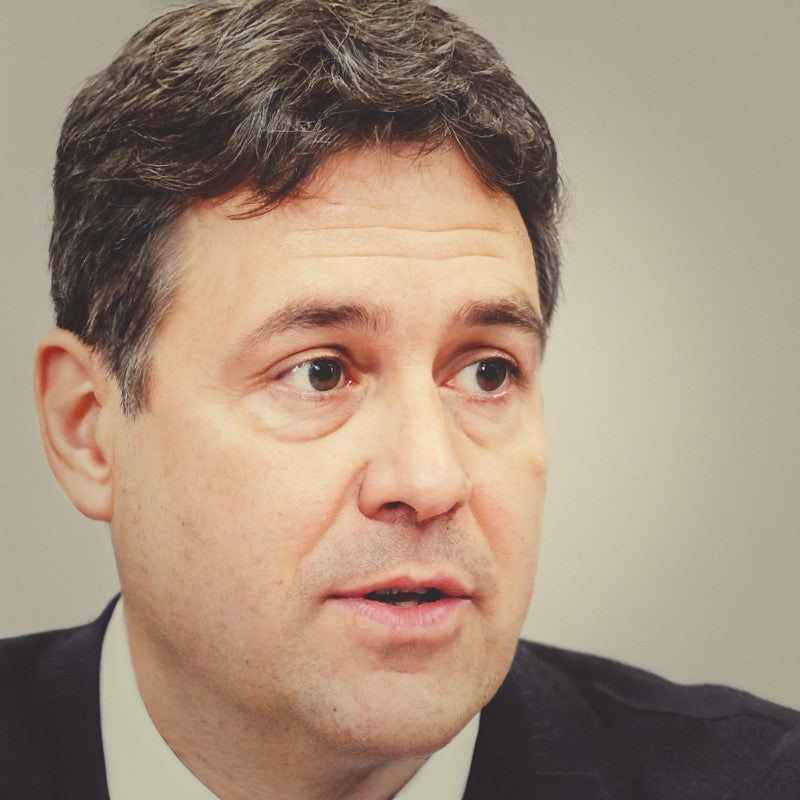Unlocking the Secret to Crafting the Perfect 250-Word Statement for Civil Service Exams
For many candidates, the 250-word statements required for Civil Service exams represent the most challenging part of the application process.
It's no wonder—condensing your experience and demonstrating key behaviors in such a concise format can feel overwhelming.
However, with a solid understanding of the behavior in question and a well-structured approach, what might seem like a weakness can actually become a powerful strength.
Related Article: 5 Working Together Behaviour Statements
Understanding the "Working Together" Behavior at Higher Executive Officer (HEO) Level
At the HEO level, the "Working Together" behavior focuses on collaboration, team dynamics, and the ability to build strong, productive relationships. This goes beyond simply being a good team player; it involves actively fostering a collaborative environment, being an advocate for diverse perspectives, and facilitating cooperation across various teams and departments. Compared to lower levels, where the emphasis might be on personal contribution within a team, the HEO level requires you to take on a more proactive role in promoting and sustaining teamwork.
Statement Structure: Mastering the B-STAR Technique
To effectively showcase your "Working Together" behavior in a 250-word statement, the B-STAR technique is your best ally. B-STAR stands for Belief, Situation, Task, Action, and Result. This method helps you present a clear, concise narrative that highlights your competencies. Here's how you can structure your statement:
- Belief: Begin by stating your core belief about the importance of working together. This sets the stage and shows your understanding of the behavior.
- Situation: Briefly describe a specific situation where you needed to collaborate with others. Keep it relevant and to the point.
- Task: Outline the task or challenge at hand. What needed to be achieved, and what was your role?
- Action: Detail the actions you took to promote teamwork and collaboration. Be specific about what you did and how you did it.
- Result: Conclude with the results of your actions. Highlight the positive outcomes and any measurable impact.
This structured approach not only helps you stay within the word limit but also ensures that you cover all aspects of the "Working Together" behavior comprehensively.
Now, let's move on to an example statement to illustrate how these principles come together...

Check out 50 example statements for all 9 behaviours
250 Word Statement Example
I believe that working together effectively is fundamental to achieving collective goals and fostering a positive work environment. This belief drives me to build strong relationships and promote collaboration.
As a Project Manager at a housing development agency, I led a cross-functional team on a major urban renewal project. The project required close cooperation with internal departments, external contractors, and local community groups to ensure its success.
I began by organizing a series of kick-off meetings to introduce team members and stakeholders, clearly outlining the project's goals and each group's role. I encouraged open communication and the sharing of ideas, emphasizing the importance of diverse perspectives.
To foster a collaborative environment, I established regular check-in meetings and created a shared online platform where team members could exchange information and resources. This ensured everyone was aligned and had access to the latest updates.
I invested time in building professional relationships with all stakeholders, regularly meeting with them to discuss progress, address concerns, and gather feedback. This proactive approach helped in identifying potential issues early and collaboratively finding solutions.
Understanding the importance of team wellbeing, I implemented a support system that included flexible working hours and access to mental-health resources. I made it clear that bullying, harassment, and discrimination were unacceptable and encouraged a culture of respect and inclusivity.
By actively seeking input from diverse backgrounds and ensuring everyone felt valued, we developed a strong team spirit. The project was completed on time and within budget, receiving positive feedback from all stakeholders.


